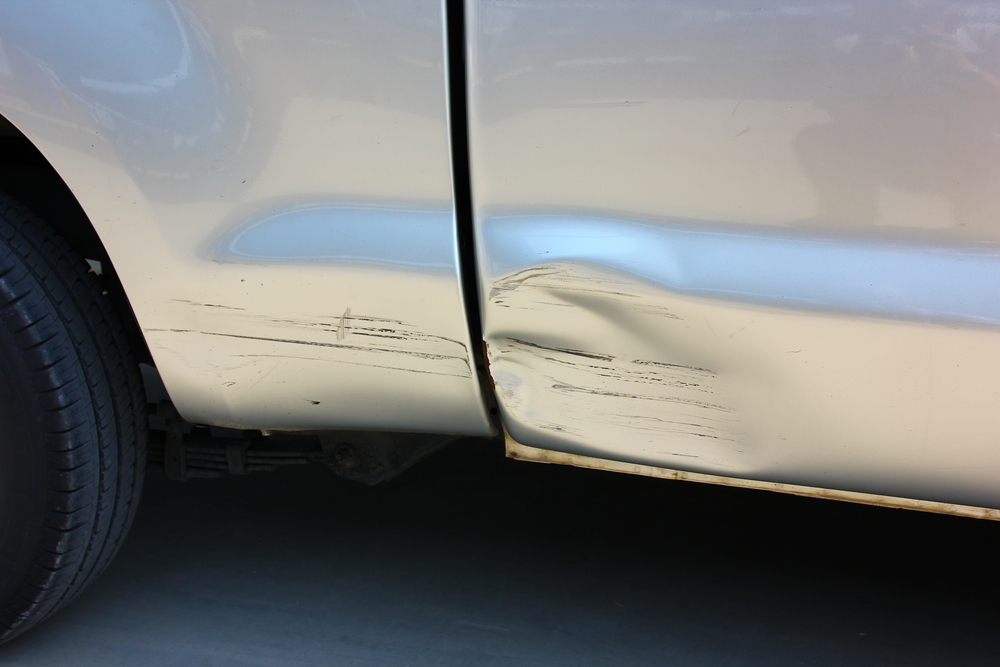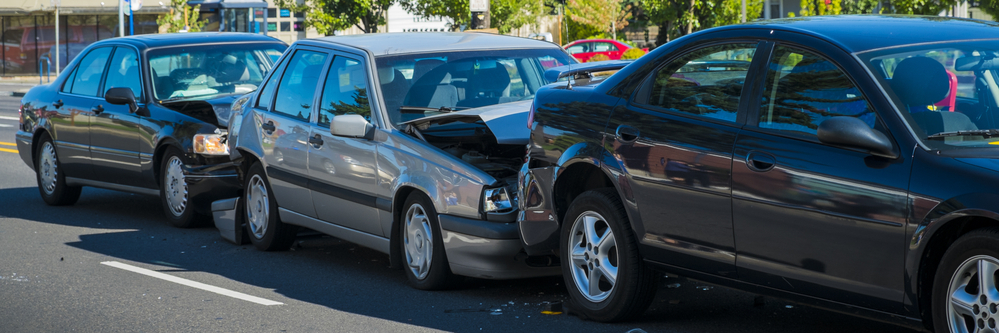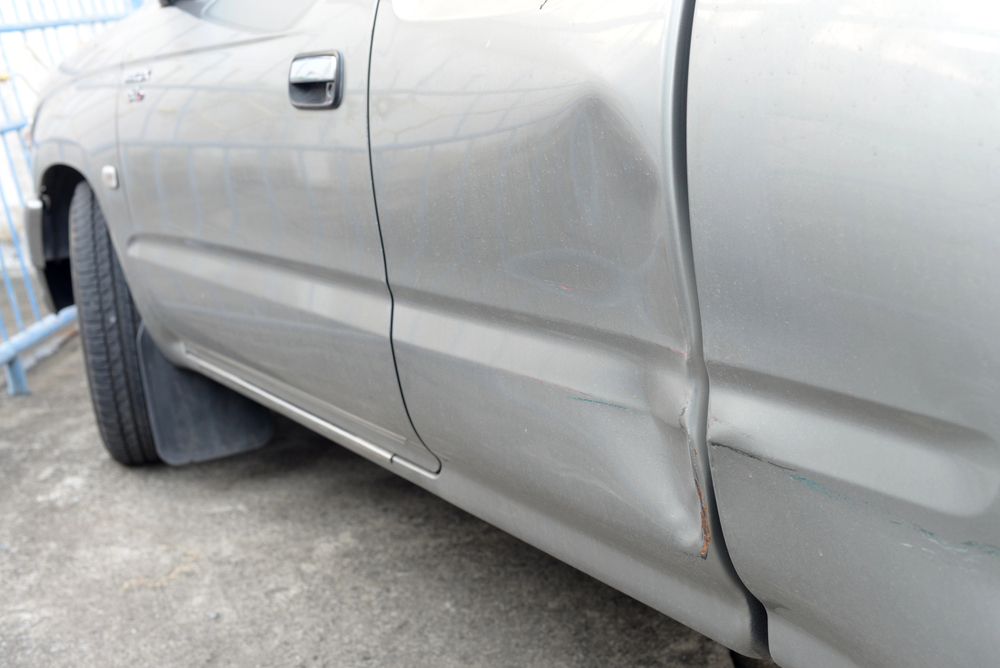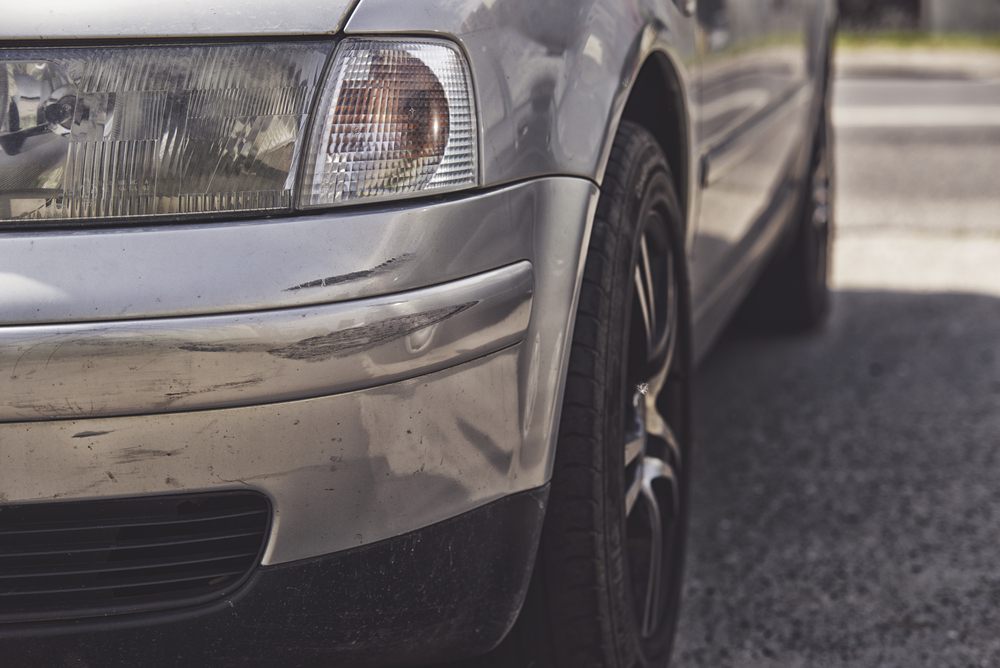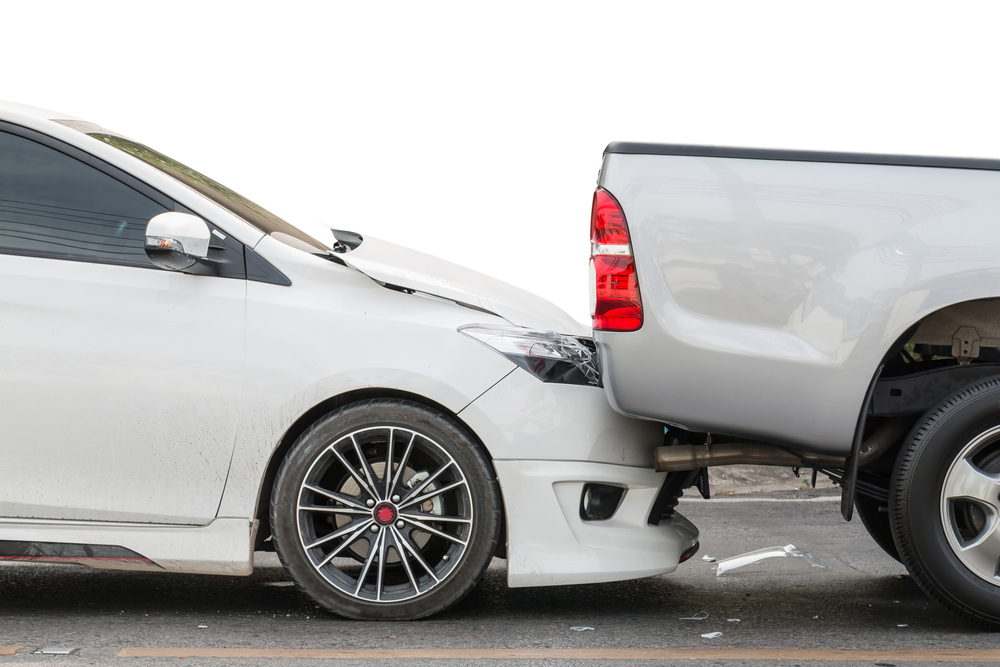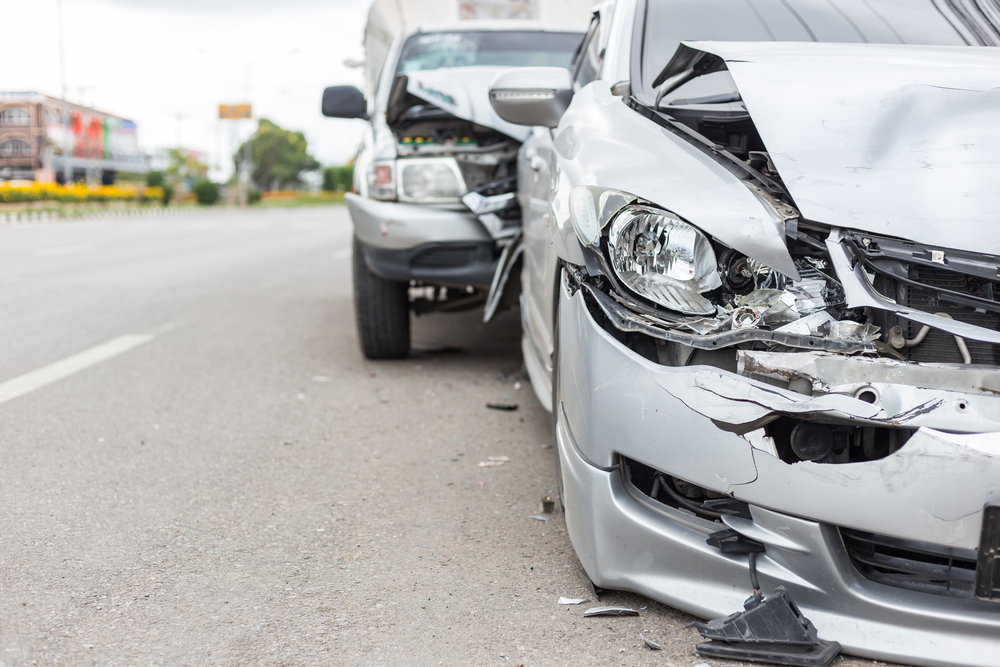Collisions can occur many ways. That also means that damages to your vehicle can range from minor cosmetic issues to major structural repairs. Knowing the difference between these types of repairs can help you understand what to expect in terms of cost, time, and the complexity of the work required. Let’s define some minor and major collision damages and the repairs involved, as well as how long such repairs take, and what they may cost. Start your engines!
What are Considered Minor Collision Repairs?
Minor collision repairs typically involve damage that is cosmetic rather than structural. These repairs are usually less complex and time-consuming, focusing primarily on the vehicle’s exterior appearance rather than its internal systems or overall integrity. Here are some common types of minor collision repairs:
Scratches
Scratches can occur from various incidents, such as brushing against a bush or a minor scrape against another vehicle. These blemishes are superficial and only affect the top layer of paint. Depending on the depth of the scratch, technicians may use methods like buffing, polishing, or applying touch-up paint to restore the surface.
Dents
Dents are depressions in the car’s body that do not penetrate the metal deeply or affect any structural components. These can be caused by minor impacts, such as a shopping cart bumping into the car. Paintless dent repair (PDR) is a common technique used to fix these dents, which involves reshaping the metal without disturbing the paint.
Bumper Damage
Bumper repairs often involve fixing surface damage like scratches, scuffs, and small dents. This type of damage usually occurs from low-speed impacts, such as bumping into a post or another vehicle at low speeds.
Sometimes, the bumper may develop minor cracks or splits. These can often be repaired with plastic welding or filler materials, followed by sanding and repainting to match the rest of the vehicle.
Paint Damages
Paint touch-ups are necessary for fixing small chips and scratches that expose the underlying metal or primer. These imperfections can result from road debris, gravel, or minor impacts. Advanced techniques and computerized color matching systems are often used to achieve a perfect match.
Trim and Mold
Damage to exterior trim and molding, such as door guards or fender flares, is also common. These parts can be easily replaced or repaired without extensive work.
Light Fixtures
Minor collisions may result in broken or cracked light fixtures. Replacing or repairing these fixtures, such as headlights, taillights, or turn signals, is typically straightforward and considered a minor repair.
What are Considered Major Collision Repairs?
Major collision repairs involve more extensive damage that affects the vehicle’s structural components or safety systems. These repairs are typically more complex, time-consuming, and costly, requiring specialized skills and equipment to restore the vehicle to its pre-accident condition. Here are some common types of major collision repairs:
Frame and Structural Damage
When a vehicle is involved in a severe collision, the impact can bend or distort the frame or unibody. This type of damage compromises the vehicle’s structural integrity and safety.
Frame straightening, which is often needed when there is structural damage, involves using precision tools and computerized equipment to measure and restore the frame to its original specifications. This may include hydraulic machines that apply force to realign the frame. In some cases, additional reinforcement may be required to ensure the frame regains its full strength and rigidity. This can involve welding or replacing sections of the frame.
Suspension
Damage to the suspension system, such as bent control arms, damaged struts, or broken springs, can significantly affect the vehicle’s handling, alignment, and overall safety. Suspension repairs often involve replacing damaged components and performing a wheel alignment to ensure proper handling and tire wear. This can include parts like shocks, struts, control arms, tie rods, and ball joints.
Body Panels
Major collisions can result in significant damage to large sections of the vehicle’s body, such as doors, hoods, fenders, or quarter panels. These panels might be too damaged to repair and need to be replaced entirely. Using Original Equipment Manufacturer (OEM) parts is crucial for maintaining the vehicle’s integrity, appearance, and safety. These parts are designed to fit and function exactly like the original components.
Airbags
Airbags are designed to deploy in the event of a significant impact to protect the occupants. Once deployed, airbags and associated components must be replaced. This includes the airbags themselves, sensors, control modules, and any damaged steering wheel or dashboard components.
Engine and Transmission
In severe collisions, the engine or transmission may sustain damage. Repairs or replacements of these critical components require extensive labor and expertise.
Electrical System
Damage to the vehicle’s electrical system, including wiring harnesses, electronic control units (ECUs), and onboard computers, can be complex and time-consuming to repair.
Brake System
The brake system may also be affected in a major collision, necessitating the replacement of brake lines, calipers, rotors, or other components to ensure the vehicle’s braking performance and safety.
How Long Do Major vs Minor Collision Repairs Take?
The difference in the duration between minor and major repairs may be astounding to some. Minor collision repairs are not extensive. Therefore, they typically only take a few hours or a day to complete. For example, a small dent can be repaired and repainted within a single day.
On the other hand, major collision repairs may take several days to several weeks, depending on the type of damage. Frame straightening, for instance, is a complex process that can take several days, and sourcing parts for major replacements can also add to the timeline.
How Much Do Major and Minor Collision Repairs Cost?
Collision repair is not cheap. Knowing an estimate before getting repairs can help you budget accordingly. Costs for minor repairs can range from $50 to $1,500. Simple dent repairs and paint touch-ups are on the lower end, while more involved cosmetic work can be more expensive.
Major repairs, due the labor and time involved, may cost between $1,500 to $10,000 or more. Frame repairs, extensive bodywork, and replacement of major components drive up the costs significantly.
Contact a Medford Collision Repair Shop Today to Learn More
If you’ve been in an accident and need to assess the damage to your vehicle, it’s important to get a professional evaluation. Contact a reputable collision repair shop in Medford, New Jersey, to get an estimate and understand the extent of the repairs needed. They can provide you with detailed information about the repair process, timeline, and costs involved.
For expert collision repair services, contact Elmer’s Auto Body in Medford. Our experienced technicians are equipped to handle both minor and major collision repairs, ensuring your vehicle is restored to its pre-accident condition. Call us today to schedule an appointment or for more information.

